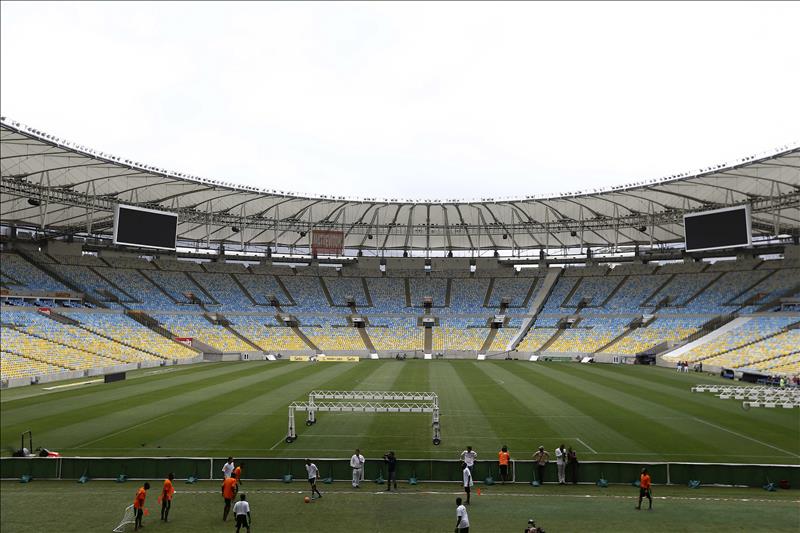Major League Soccer (MLS) enters its 30th season as the largest soccer league in the world. With 30 teams spread across two countries and four time zones, MLS has expanded its reach and solidified its presence. However, despite its growth, the league faces ongoing challenges in gaining national and international relevance.
The Growth of MLS
Since its rocky early years, MLS has expanded significantly. The league has tripled in size, and with the addition of San Diego FC in 2025, it continues to attract major investments. Franchise valuations have skyrocketed, with expansion fees now reaching $500 million, a massive jump from the $7.5 million in 2005. Attendance figures are also impressive, with an average of over 23,000 fans per game, ranking MLS among the top domestic leagues worldwide.
Challenges in Relevance
Despite its expansion, MLS struggles to capture the attention of casual soccer fans and compete with international clubs. The 2024 MLS Cup final, featuring LA Galaxy and New York Red Bulls, recorded a record-low 468,000 TV viewers, highlighting the league’s difficulty in attracting a national audience. While MLS clubs have built strong local fan bases, they often lack broader appeal beyond their cities.
Key MLS Teams to Watch in 2025

While MLS is known for its unpredictable nature, certain teams are set to dominate the 2025 season:
- Inter Miami – With Lionel Messi leading the team, Inter Miami remains the biggest attraction in MLS.
- LA Galaxy – The defending champions are strong contenders despite key injuries.
- LAFC – With stars like Olivier Giroud and Denis Bouanga, LAFC is expected to be a powerhouse.
- Columbus Crew – Despite losing Cucho Hernández to La Liga, Columbus remains a top team.
- FC Cincinnati – A small-market club that has built a winning culture and remains a title contender.
- Atlanta United – With Miguel Almirón’s return and major signings, Atlanta is back in the spotlight.
- Seattle Sounders – Representing MLS in the FIFA Club World Cup, Seattle has a deep and talented squad.
MLS’s Future Path
https://t.co/YprOdPFcPv#USL#mls pic.twitter.com/natXTHdK1k
— Samuel Gabriel 🇺🇸 (@SamuelGabrielSG) March 22, 2024
For MLS to increase its relevance, it needs to invest significantly in player salaries and attract top talent. While the league has made strides in financial stability—securing a $250 million-per-year deal with Apple—it has yet to implement a long-term strategy to elevate its global status. Until then, MLS remains a league of growth and potential but still searching for a breakthrough on the international stage.
As the 2025 season kicks off, the league will continue to evolve. Whether MLS can take the next step towards global recognition depends on its willingness to compete with the biggest soccer leagues worldwide.
























